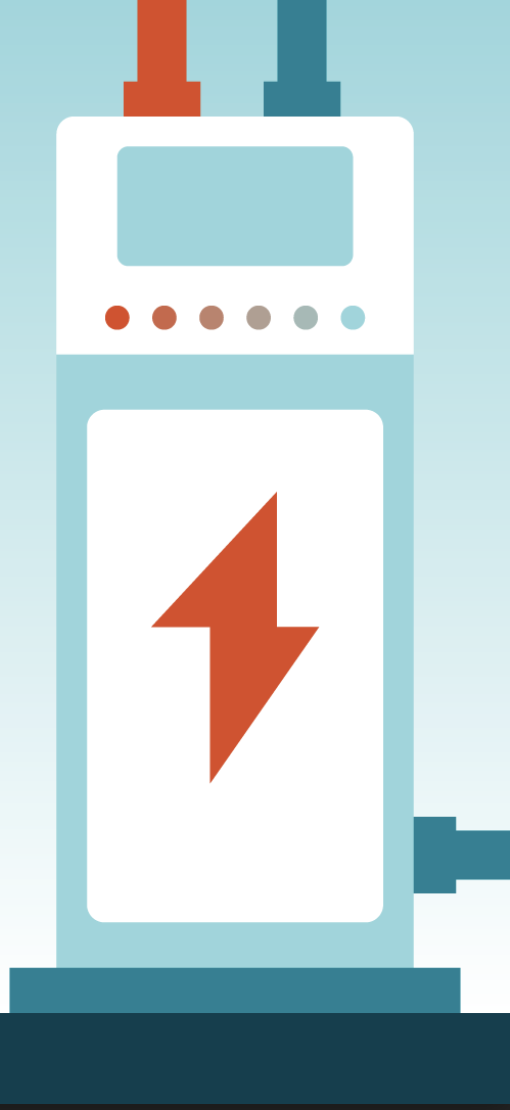Understanding the IRA Home Energy Rebates
Understanding the IRA Home Energy Rebates
The Inflation Reduction Act established the Home Electrification and Home Efficiency Rebate Programs (together, the Home Energy Rebate Programs). These programs will help achieve essential climate and air pollution reductions, advance environmental justice in energy burdened communities, and will create thousands of new jobs.
What are the Home Energy Rebate Programs?
The Home Energy Rebate Programs include $8.8 billion dollars in grant funding to help American households save money on energy bills, upgrade to clean energy equipment and improve energy efficiency, reduce indoor and outdoor air pollution, and create workforce training programs.
- $4.3 billion in grants to State Energy Offices for Home Efficiency Rebates based on the energy savings predicted from a home energy upgrade.
- $4.5 billion in grants to State Energy Offices and Indian Tribes for Home Electrification Rebates based on purchase or installation of high-efficiency home appliances and equipment.
- $200 million for state-based home energy efficiency contractor training grants through the State Energy Program.
The Department of Energy (DOE) published guidance for these programs in July 2023, which states are now using to craft state program plans that must be submitted to DOE by January 2025. The rebate program funding will be distributed by allocations to each state. DOE expects that consumers in many states will be able to access these programs beginning in 2024.
Home Electrification Rebates
Section 50122 of the Inflation Reduction Act authorizes $4.5 billion in rebates based on purchase or installation of high-efficiency home appliances and equipment. Electrification rebates are available only to low- or moderate-income (LMI) households, as identified by Area Median Income (AMI).See the chart below for income eligibility and rebate amounts for qualifying equipment.
|
Income Eligibility & Cost Covered |
|
|
Low Income: < 80% AMI |
100% |
|
Moderate Income: 80-150% AMI |
50% |
| Max Rebate for Qualified Electrification Project
|
|
|
Heat Pump HVAC |
$8,000 |
|
Heat Pump Water Heater |
$1,750 |
|
Electric Stove/Cooktop OR Heat Pump Clothes Dryer |
$840 |
|
Breaker Box |
$4,000 |
|
Electric Wiring |
$2,500 |
|
Weatherization |
$1,600 |
|
Maximum Total Rebate |
|
|
Max Consumer Rebate |
$14,000 |
|
Max Contractor Rebate |
$500 |
Home Efficiency Rebates

Section 50121 of the Inflation Reduction Act authorizes $4.3 billion in rebates based on the energy savings predicted from a home energy upgrade. Efficiency rebates are available to households of any income level, but rebate amounts double for low- and moderate-income households. Efficiency rebate amounts increase as energy savings increase because they are based on either modeled or measured building-wide energy savings.
Things to Remember
Rebates cannot be combined with each other or with other federal grant funding for the same upgrade measure, though you will be able to stack various funding opportunities together for different measures and equipment within the same overall home retrofit project. For example, you could use a Home Efficiency Rebate for increased insulation and Home Electrification Rebate for a heat pump, assuming you qualify for both programs.
Multifamily buildings qualify for both programs, however qualification for the Electrification Rebates Program requires that > 50% of building occupants meet the income eligibility threshold.
The key advocacy point will be in the process of developing state plans. Engage early and often with your State Energy Office.
How to Take Advantage of the Rebates
DOE expects that Home Energy Rebates will become available in many states beginning as soon as early 2024.
More information about the Home Energy Rebates is also available on the Department of Energy website.
In the meantime, funding continues to be available through DOE’s Weatherization Assistance Program (WAP) and the Department of Health and Human Services (HHS) Low Income Home Energy Assistance Program (LIHEAP) – both administered through your State Energy Office or a similar state agency. The IRA also expanded many energy efficiency tax credits that went into effect on January 1, 2023.